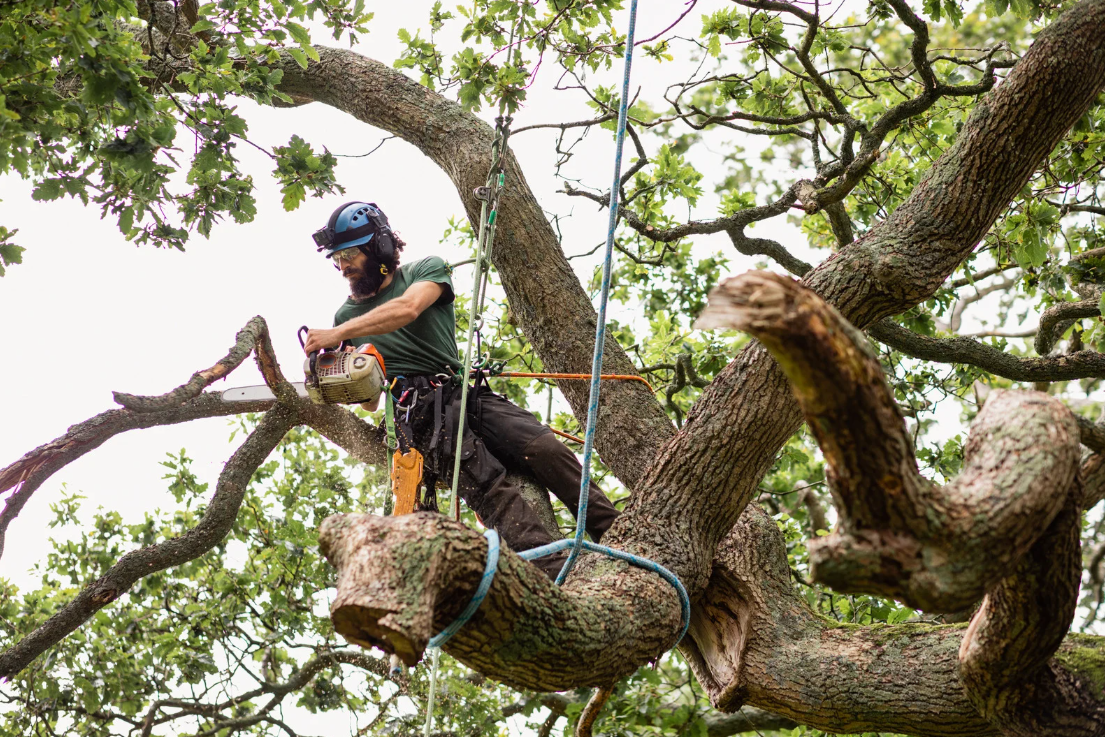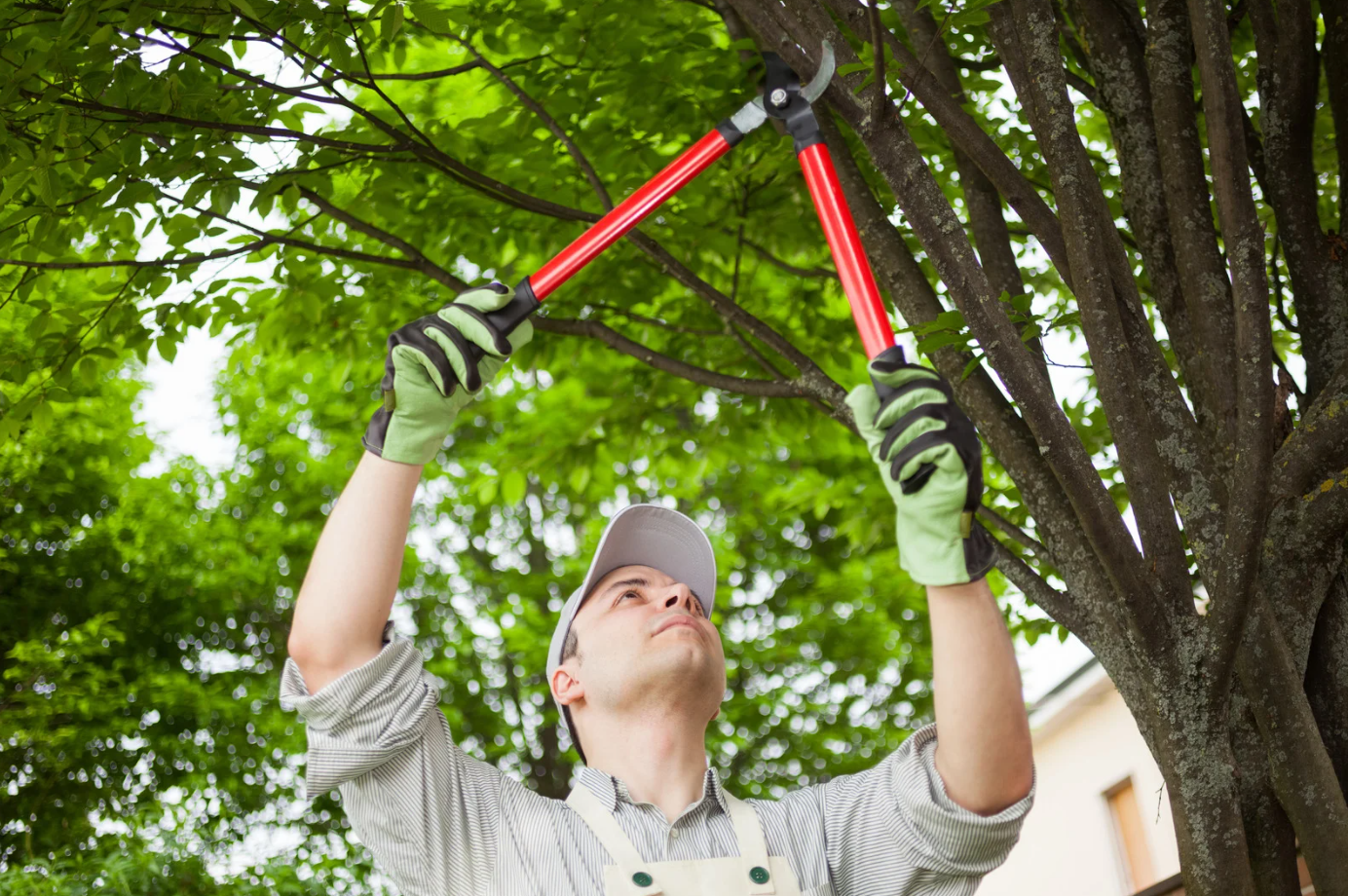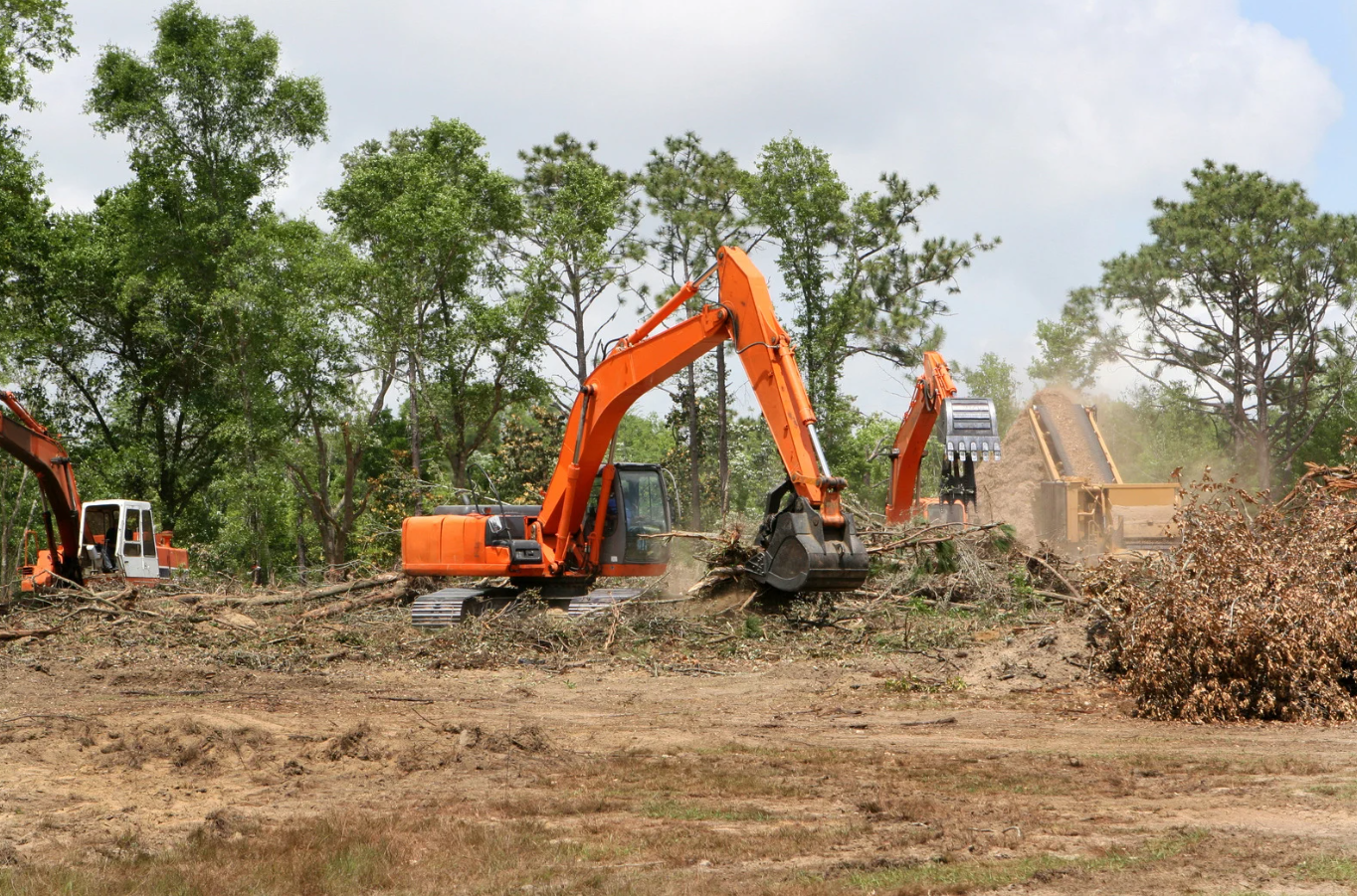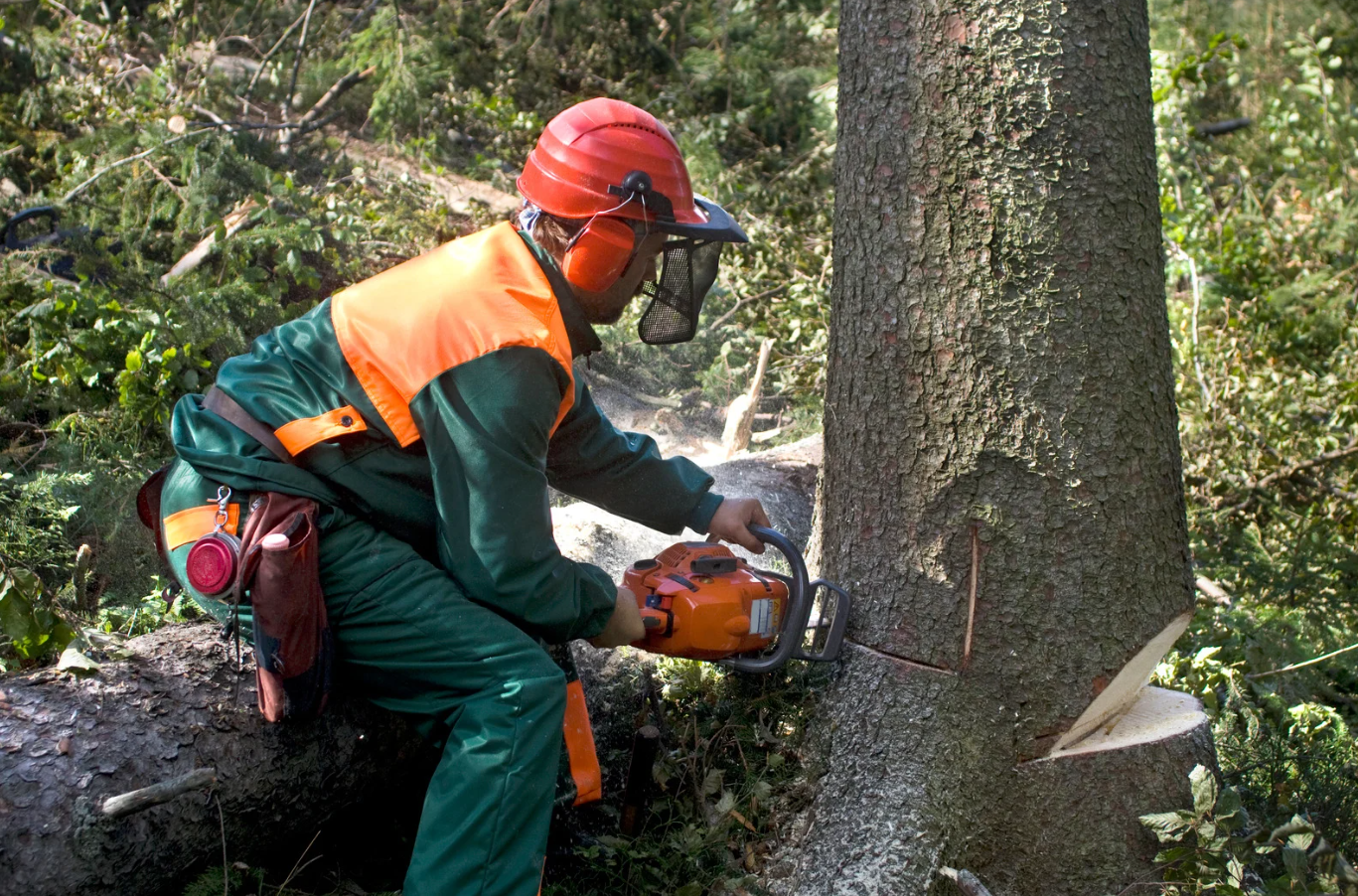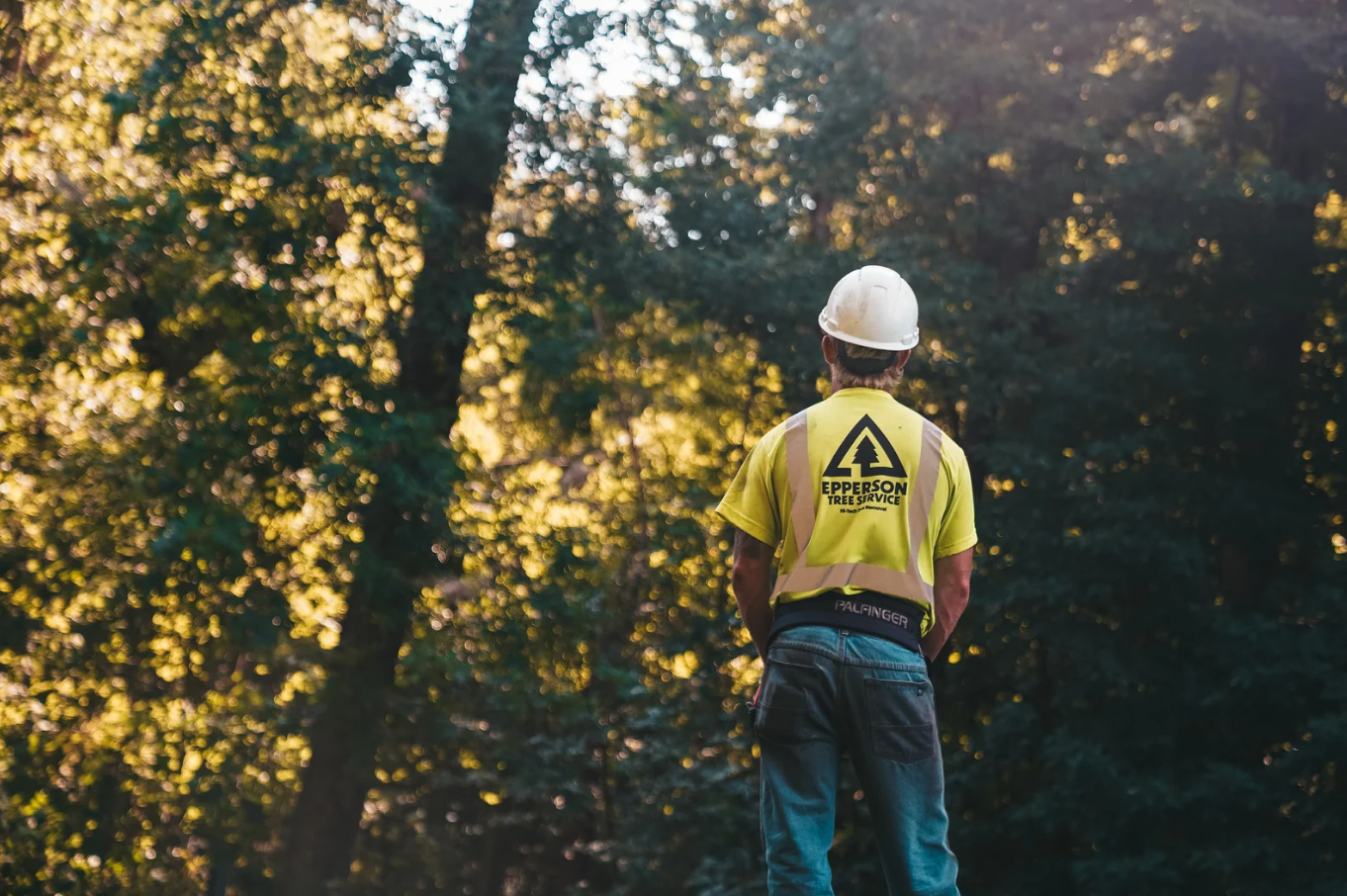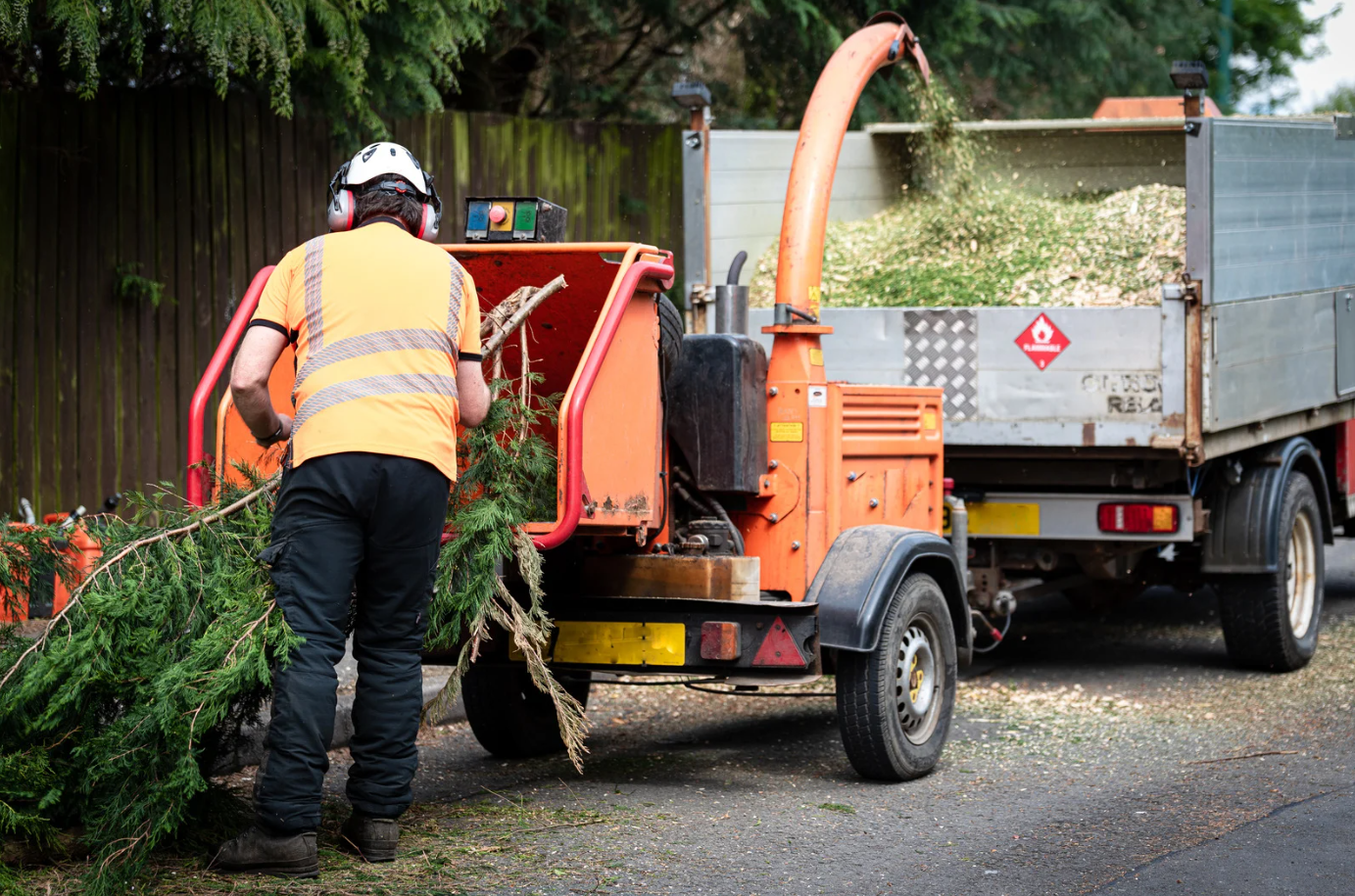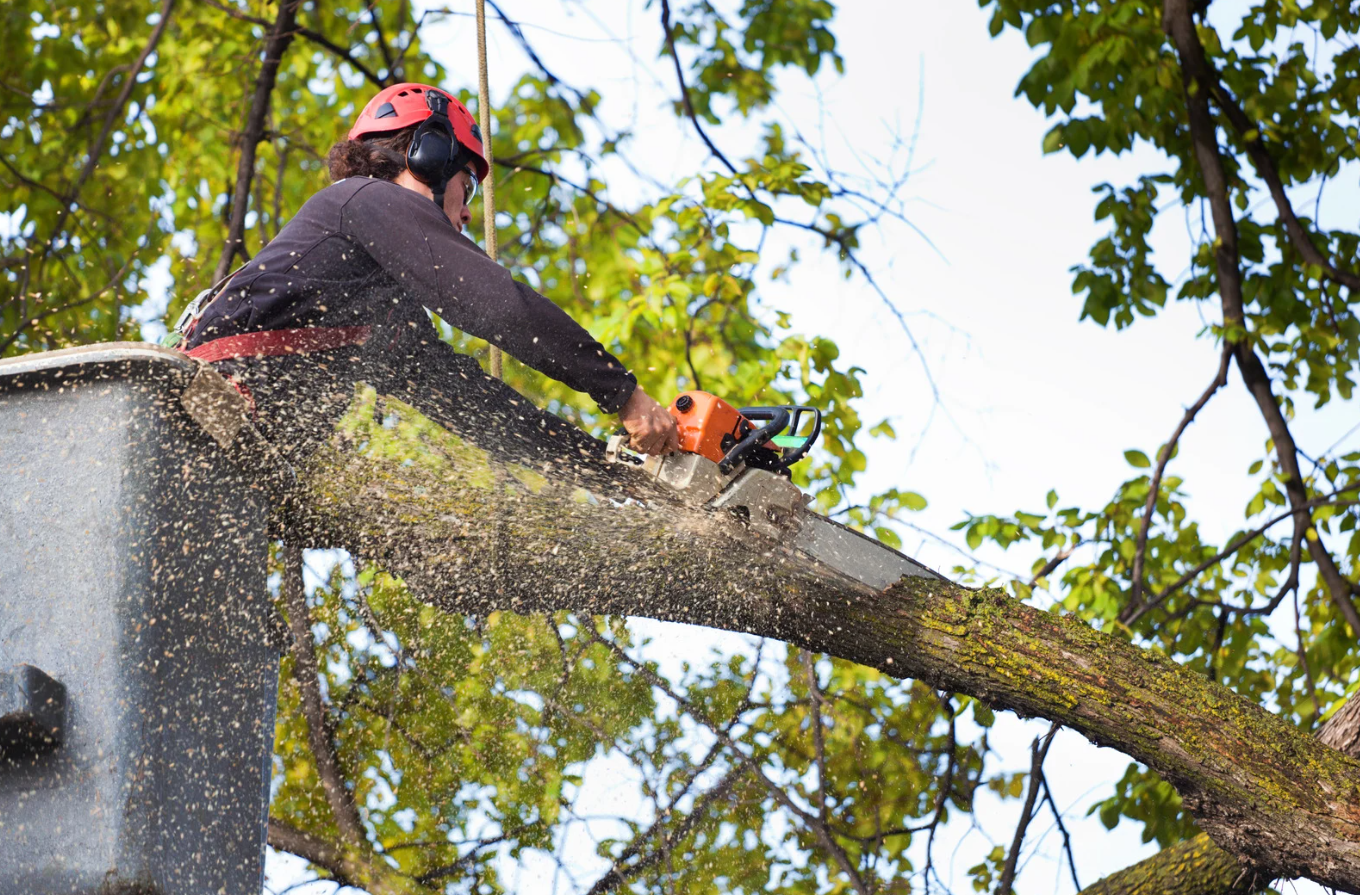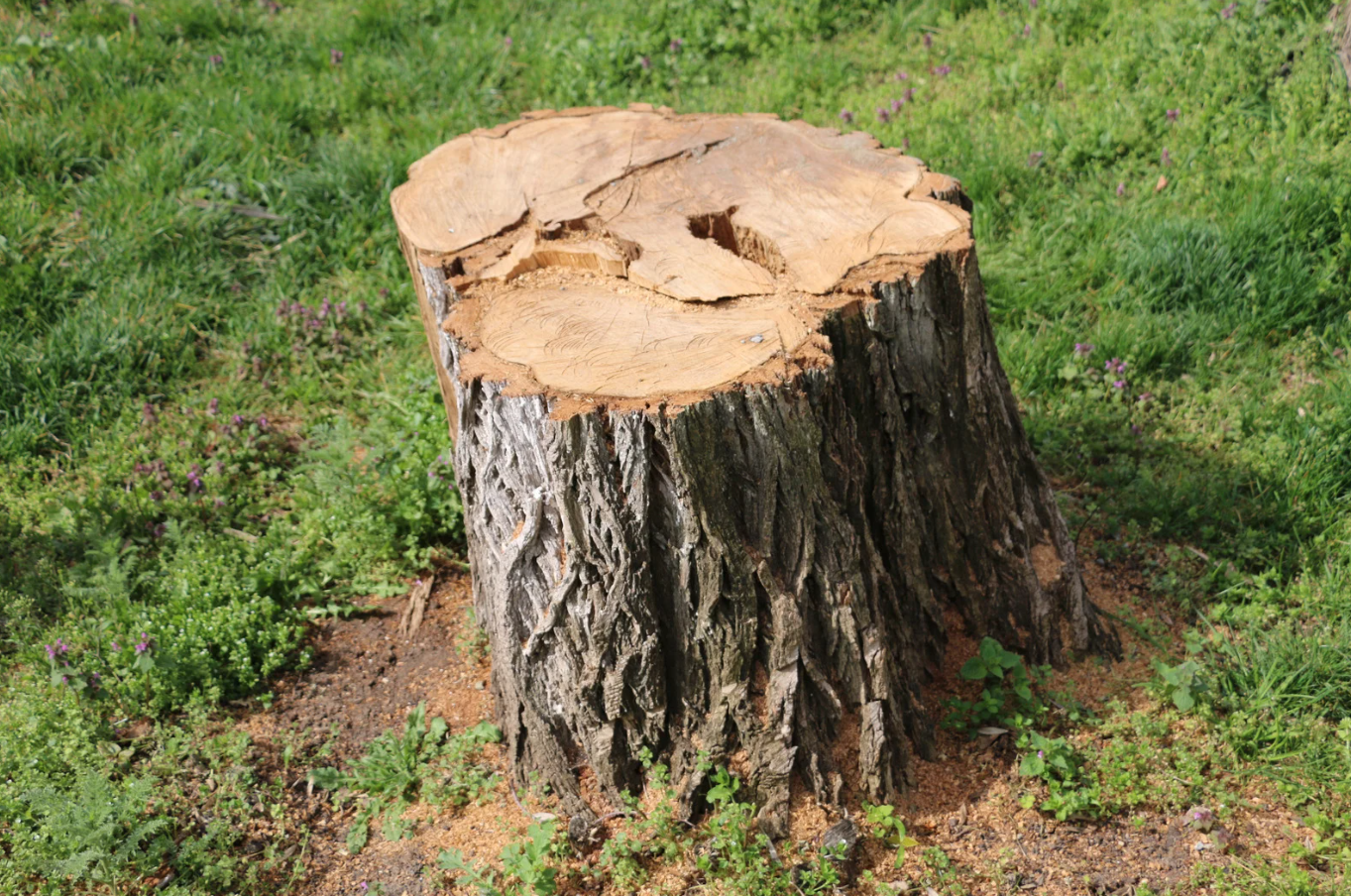Advanced Tree Health and Arboricultural Care
Rohnert Park Tree Services - Advanced Tree Health and Arboricultural Care
Comprehensive Tree Disease Treatment and Health Management in Rohnert Park
Rohnert Park's Mediterranean climate and diverse tree population require specialized tree disease treatment approaches addressing regional pathogens, pest pressures, and environmental stressors. Professional arboricultural services combine scientific knowledge with local expertise to maintain healthy urban forests throughout Sonoma County.
Specialized Pest and Disease Management
Ash borer treatment represents a critical component of proactive tree care as invasive species continue expanding their range throughout California. While the Emerald Ash Borer hasn't established populations in Sonoma County, preventive borer treatment programs prepare properties for potential future infestations through monitoring protocols and treatment readiness.
Ash tree treatment encompasses comprehensive health management addressing multiple stress factors affecting these valuable landscape trees. Sick tree treatment requires accurate diagnosis combining visual assessment, laboratory analysis, and environmental evaluation to develop effective treatment strategies.
Bark beetle treatment addresses significant threats to Rohnert Park's coniferous trees, particularly during drought stress periods. These insects target weakened trees, making overall health improvement essential for natural resistance. Professional treatments integrate pheromone disruption, protective applications, and comprehensive health enhancement programs.
Elm leaf beetle treatment protects ornamental and heritage elm trees from defoliation damage that weakens trees over time. Effective treatment requires understanding beetle life cycles and applying interventions at optimal timing for maximum effectiveness.
Comprehensive Tree Health Assessment
Tree health evaluation considers multiple factors including soil conditions, irrigation practices, nutritional status, and pest pressure specific to Rohnert Park's environmental conditions. Clay soils common throughout the area can create drainage challenges affecting root health and disease susceptibility.
Professional arboricultural services utilize advanced diagnostic tools and techniques to identify problems before they become critical. Arboricultural practices incorporate ongoing research with field experience to develop treatment protocols addressing local conditions and tree species requirements.
Structural Support and Risk Management
Hazardous tree removal becomes necessary when structural integrity is compromised beyond repair. Professional assessment evaluates multiple risk factors including disease progression, structural defects, and environmental stressors to determine appropriate management strategies.
Tree cabling systems provide support for trees with structural weaknesses while preserving valuable specimens. Tree brace installations address specific structural defects through engineered support systems designed to redistribute loads safely.
Tree bark repair techniques promote healing while preventing pathogen entry through wounds. Professional wound care considers tree species characteristics, injury extent, and environmental factors affecting healing processes.
Advanced Care Techniques
Deep root fertilization addresses nutritional deficiencies common in Rohnert Park's clay soils. This technique delivers nutrients directly to active root zones, bypassing surface soil limitations while promoting vigorous growth and disease resistance.
Root barrier installation prevents infrastructure damage while maintaining tree health. Professional installation requires understanding root growth patterns and soil conditions to achieve long-term effectiveness without compromising tree stability.
Professional Pruning Expertise
Understanding tree trimming vs pruning helps property owners make informed decisions about tree care services. What does trimming the tree mean involves aesthetic shaping, while what is the difference between trimming and pruning lies in the health-focused approach of pruning practices.
The trim vs prune distinction affects both technique and timing considerations. Pruning japanese maple requires species-specific knowledge addressing bleeding characteristics and growth patterns. Pruning cherry trees involves timing considerations preventing disease transmission while promoting optimal structure.
Pruning apple trees in spring focuses on productivity and disease prevention through proper branch selection and removal techniques. Pruning trees in spring generally provides optimal healing conditions, though species-specific requirements may dictate alternative timing.
Pruning holly trees and pruning evergreen trees require understanding different growth characteristics and response patterns. Pruning branches properly involves correct cut placement and timing to promote healing while achieving desired objectives.
Pruning trees in summer may be necessary for specific species or management objectives, though careful consideration of heat stress and disease transmission risks is essential.
Professional arboricultural services in Rohnert Park integrate these specialized techniques with comprehensive health management programs, ensuring trees receive appropriate care for long-term health, safety, and aesthetic value while contributing to the community's environmental sustainability and property values.
